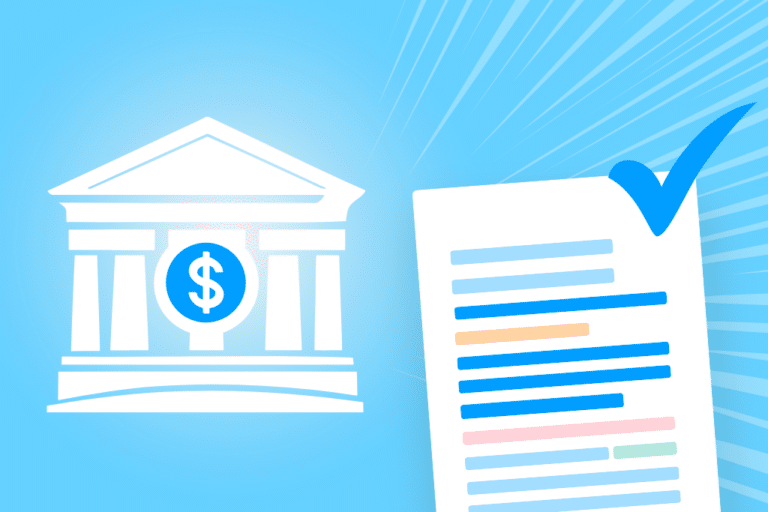The role of each board member demands optimal performance. To achieve competitive performance targets, measuring the performance of the board is one sure-fire way to consolidate a strong and agile base.
UNDERSTANDING RESPONSIBILITY: BOARD ASSESSMENT
The role of each board member and that of the board is steeped in responsibility. Of course, the board is responsible for the oversight of the company in question, as well as its development and approving critical policies and strategies. But the increase in board responsibilities means that there is a much wider framework to consider in 2019. Board scandals in the form of Korean Air, Boeing, Goldman Sachs and Facebook all attest to bad corporate governance decisions that quickly became public fodder.
It seems that leading boards evaluate board performance more regularly than the traditional annual event. The OECD in their comprehensive 2018 report on ‘Board Evaluation: Overview of International Practises’ suggest that ‘boards of directors may need to conduct evaluations more than once a year or even continuously assess their performance through a process of constant evaluation’. Spencer Stuart have dubbed this shift, ‘a continuous improvement mindset’. They counsel boards to look at ways to enhance board dynamics, composition, oversight and practices.
QUESTIONS TO CONSIDER
EY in their ‘Top Priorities for Boards in 2019 Survey’ recommended that boards consider the following critical questions in order to sharpen their processes:
- How does the board, its committees and directors stay informed?
- What procedure does the board follow to aid its decision making and problem solving?
- Does the board represent the right mix of skills and expertise?
- Do board discussions and decisions demonstrate that members are informed and engaged in a respectful manner?
- Is the board engaged enough with all stakeholders (to understand their perspectives in order to fine tune strategy)?
These questions provide the right material but how should boards structure these assessments in order for them to motivate and drive directors towards an honest and productive momentum?
STRUCTURED DIALOGUE
Questionnaires or interviews? Boards who wish to assess their performance may be wondering what method is best. In an October 2018 EY survey, ‘40% of Fortune 100 proxy filers disclosed the use of questionnaires in their evaluation process, with 15% disclosing use of only questionnaires and 25% disclosing use of both questionnaires and interviews.’ Yet research points to the fact that conducting confidential interviews leads to more candid feedback. It appears to experts that the combination of one on one interviews and questionnaires elicits the most success.
ONE LAST WORD: KEEP IT DYNAMIC
Simon C.Y. Wong, a researcher on board best practise, has found during his time advising boards that “best practise isn’t good enough, even if your board is stacked with highly qualified members”. He advocates for ‘the right human dynamics’ on boards, whereby CEO’s collaborate with directors ‘who think like owners and guard their authority’. Boards need to remember that driving performance also comes down to fine tuning human relationships, which is indeed a continuous effort.
Board of Directors can improve their overall effectiveness with DiliTrust Exec, a digital board portal which through its technology and user-friendly design aids the processes of a busy board. Along with an archive and current folder system, shareable sticky notes, polls, debates and automatic alerts, Board of Directors are kept informed of processes and updates instantaneously. Our software enhances the quality of debate and strategic input for each member to ensure a more efficient decision-making process.
Contact our team today to see what DiliTrust Exec can do for your Board of Directors.



